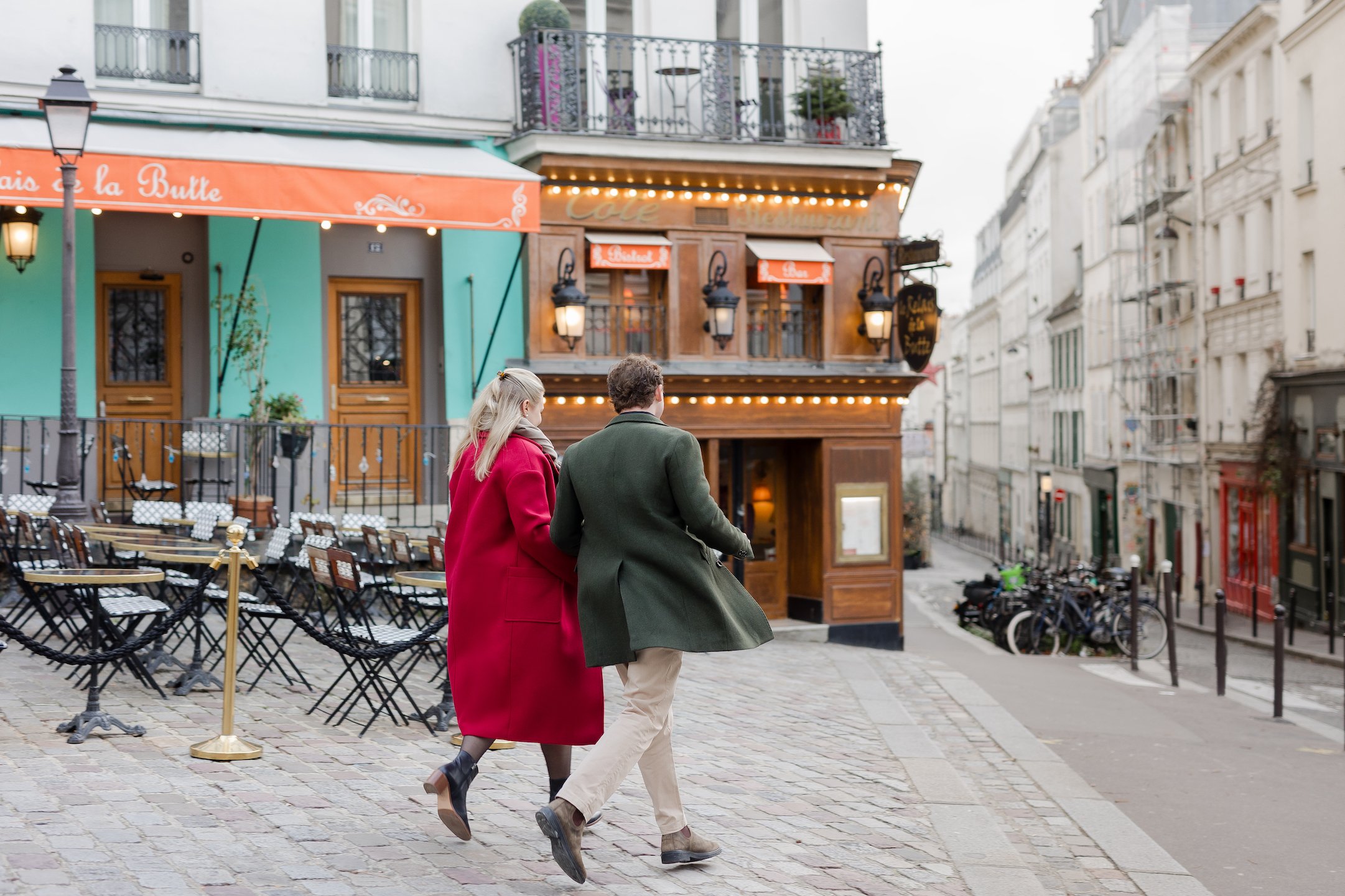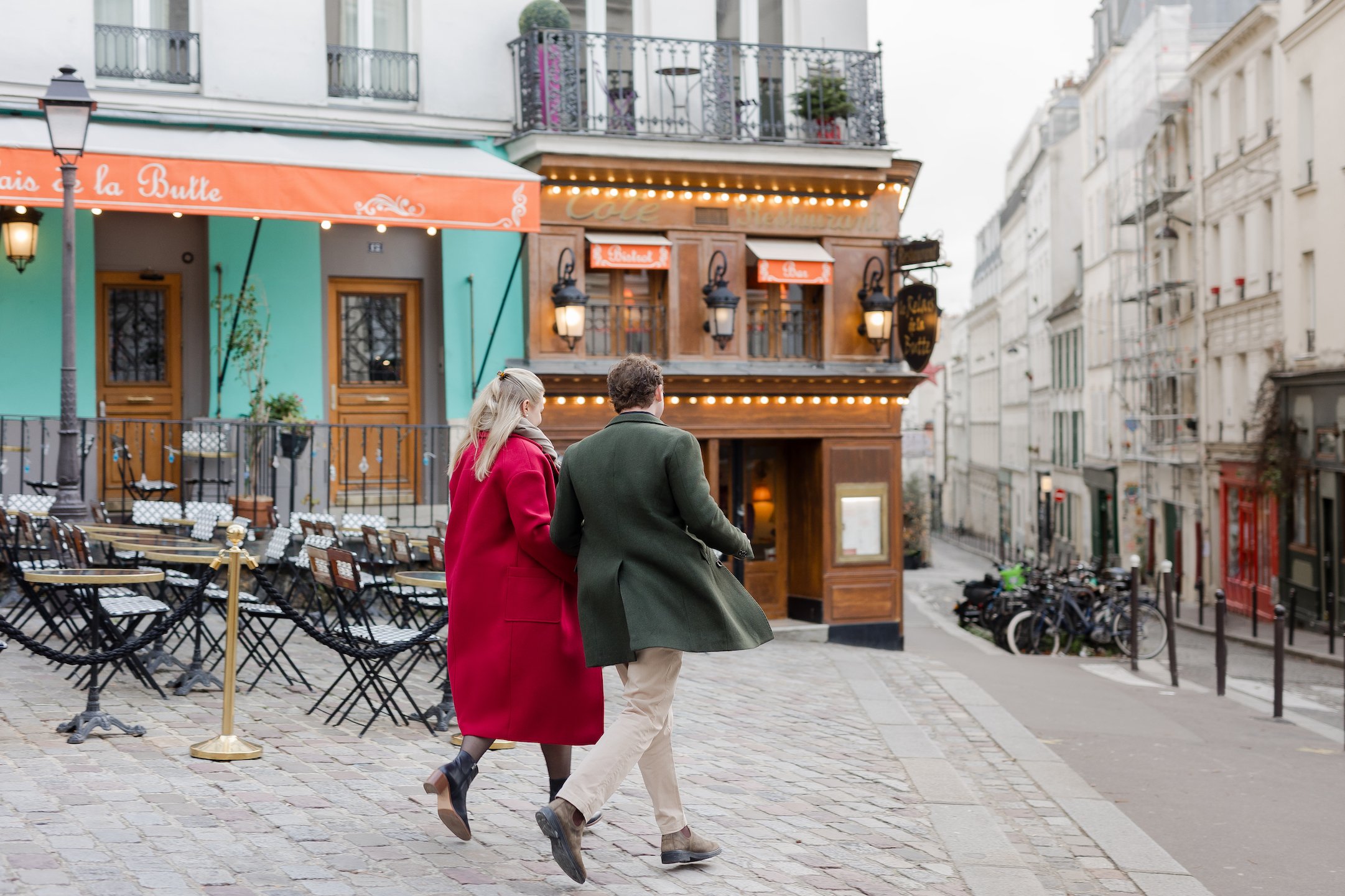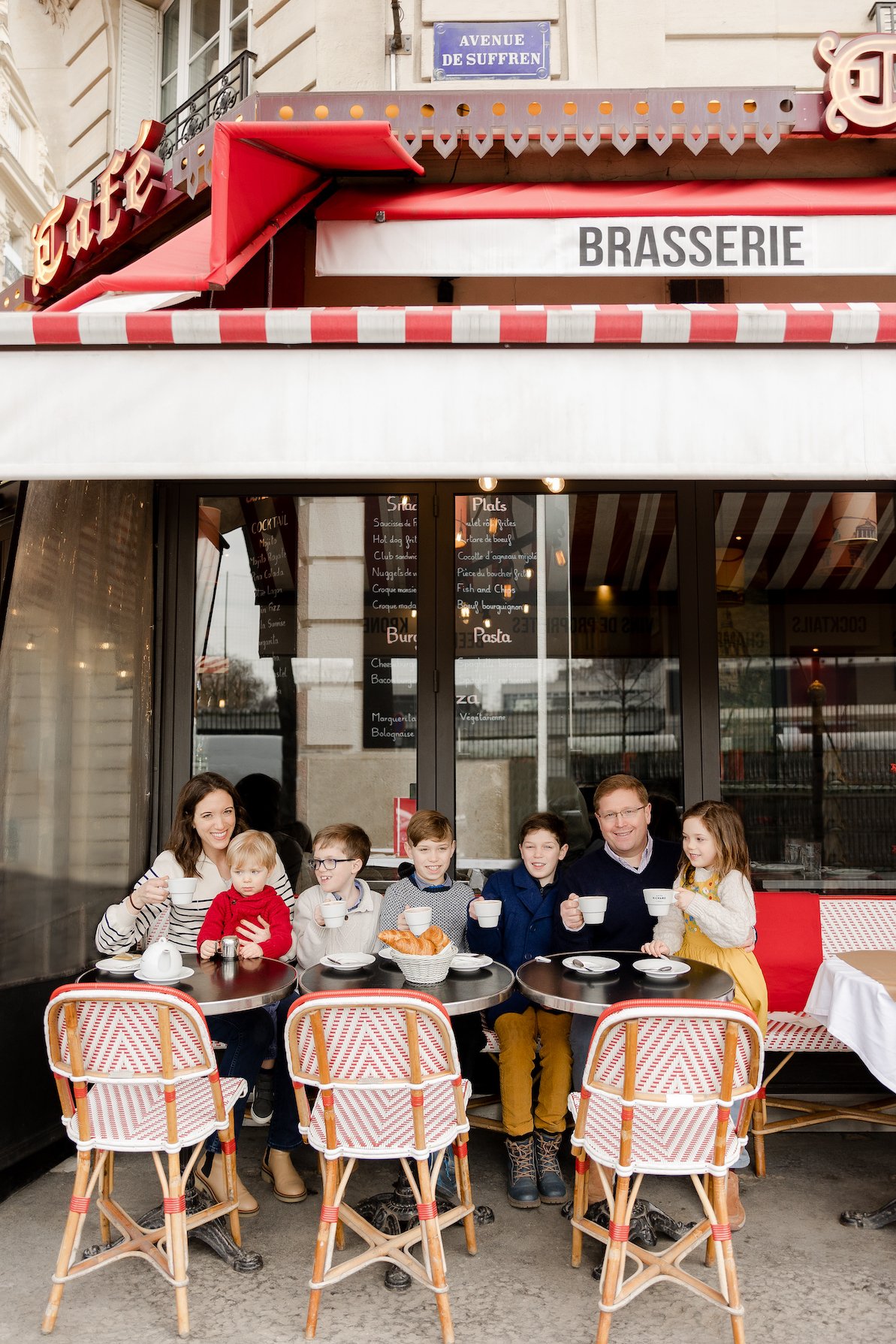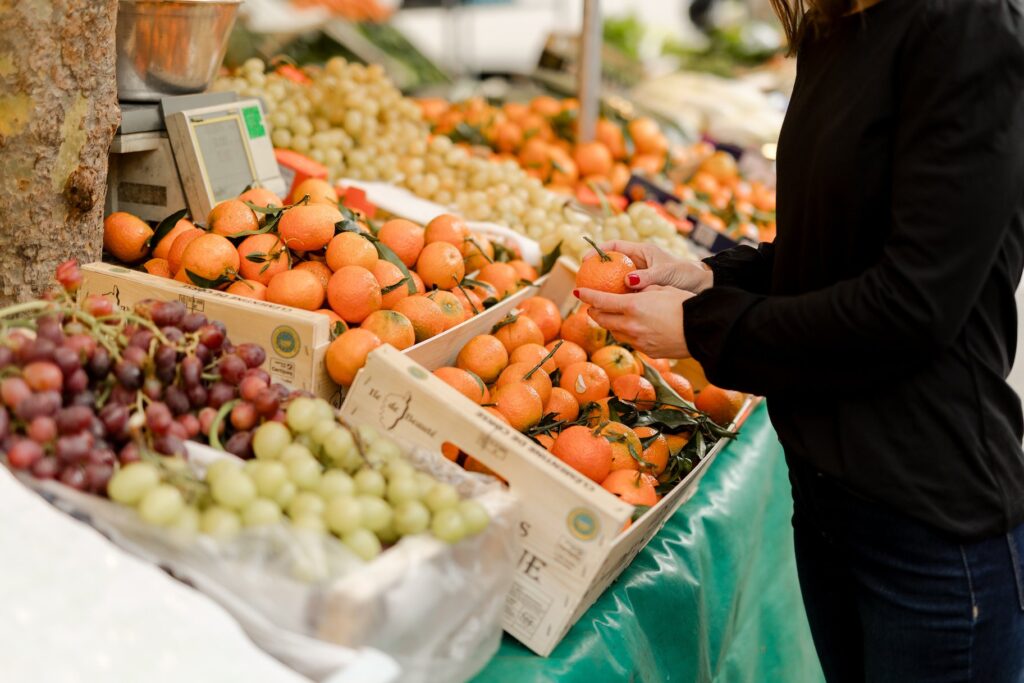The city of lights is packed with restaurants, to be sure. Some of which are the very best in the world. But not all of those amazing dishes originated in Paris. In fact, a lot of them were developed in other regions that have a completely different climate, landscape, culture, and economy. Some regional dishes are specific to alpine regions, where people relied on hearty food like meat and potatoes to survive the long, cold winters. Towns sprinkled in the part of France along the coast made use of all the fresh seafood in the evolution of their cuisine. And don’t forget wine country! Vineyards thrive in specific environments, and we’ll get into that in a wine blog later.
I know, I know, we’re always going on about Paris…because, well, it’s Paris. I feel like it speaks for itself. But this time, we’re going on a little field trip around France to discover some of the best specialty dishes the country has to offer. So for now, say “à tout de suite” to Paris, pull out your map, and join us on a little tasting journey of French cuisine!
At the end of the day, if you want to find the best quality ingredients and the most authentic, traditional recipes of various French dishes…you just have to visit the region where it came from.
If you’re interested in fitting in some easy weekend getaway trips from Paris to one or more of these culinary french regions, check out our blog HERE.
I’m really not exaggerating when I say France is a culinary wonderland. So grab a napkin and loosen that belt because we’re about to dive fork-first into the top 8 regional specialty dishes that’ll have you saying “ooh la la” in no time!
Bouillabaisse (Marseille):
Okay, let’s start off with a straight shot from Paris all the way to the south of France.
We’ll kick things off with a dish that’s as vibrant and colorful as the Mediterranean sea itself. Bouillabaisse, hailing from the port city of Marseille, is a rich seafood stew brimming with an array of fresh catch like European conger, scorpionfish, shellfish, and aromatic herbs. Pair it with a crusty baguette slathered in rouille (a saffron-infused garlic mayo), and you’ve got yourself a taste of coastal heaven.
Traditionally, bouillabaisse is served in two parts. First, the broth (called the “soupe”) is served with slices of bread and rouille, a garlic saffron mayonnaise. Then, the fish and shellfish are served separately on a platter.
Bouillabaisse began as a fisherman’s dish. It was created by Marseille fishermen who would make the stew using the bony rockfish and other less desirable seafood that they couldn’t sell at the market. That was a long time ago, and now it is a staple of french gastronomy in southern France.
Interestingly, the traditional preparation of bouillabaisse is highly regulated in Marseille. In 1980, a charter was established called the “Charte de la Bouillabaisse Marseillaise” to protect the authenticity of the dish. According to this charter, bouillabaisse must contain at least four different kinds of fish, be served with rouille, and be prepared using specific techniques.
Wine Pairing: Bouillabaisse pairs wonderfully with dry, crisp white wines such as Picpoul de Pinet or a Provence rosé. The acidity and minerality of these wines complement the rich flavors of the stew. You’re in for a very satisfying main course.
Cassoulet (Languedoc):
Since we’re already in the south, let’s just head west and see what traditional dishes we find!
Prepare your taste buds for a flavor explosion as we venture into the Languedoc region for a taste of Cassoulet. This hearty white beans stew features a medley of meats such as pork sausages, duck confit (confit de canard), and sometimes even lamb, all slow-cooked to tender perfection.
This is the kind of dinner you should prepare for by skipping lunch. Seriously, it’s SO rich, because it’s basically all meat. You can find excellent restaurants that serve traditional cassoulet in Toulouse, Bordeaux, Castelnaudary, Carcassonne (whose name you might recognize from the board game with a medieval citadel!), and many other towns/cities in the south west.
Of course, they all claim to be the place where cassoulet was invented. If you ask 5 french locals about the origins of cassoulet, you’ll probably get 5 different answers…and you might even start a heated debate (arguing about cuisine is a national pastime in France, after all)! But you’ll understand quickly that it’s a very popular dish in southwestern France and you will see it on many restaurant menus as one of the regional specialties.
This is not a delicate meal. It’s rustic, soul-warming, comfort food. Despite it being a simple dish with humble origins, it has gained something of a cult following in the south west of France, alongside rugby and red wine!
Fun fact: One of the most renowned French chefs of the Belle Èpoque, named Prosper Montagné, created a religious hierarchy of cassoulet towns. He announced that Castelnaudry was the “Father,” Carcassonne the “Son,” and Toulouse the “Holy Spirit.”
You can certainly keep this order in mind if you get a chance to compare each town’s cassoulet. But if you can only pick one, I would definitely recommend visiting Toulouse. It’s a gorgeous city with a vibrant street life and lots of activities to do. The other two towns, while quaint, are very very small and don’t boast many other attractions.
There is even a Cassoulet War Championship that takes place every year where chefs battle for cassoulet supremacy! I’m telling you, they don’t take it lightly.
Ratatouille (Provence):
No list of French specialties would be complete without mentioning Ratatouille, the quintessential Provençal dish that’s as colorful as the region’s vibrant landscapes. This classic french food is a vegetable stew featuring a medley of tomatoes, eggplant, zucchini, bell peppers, and aromatic herbs, all cooked down deliciously. It’s simple, yet bursting with flavor.
Its exact origins are a bit unclear, but it’s believed to have originated among the peasants and farmers of Provence, who would make the dish as a way to use up an abundance of summer vegetables.
The name “ratatouille” itself comes from the Occitan word “ratatolha” or “ratatouio,” which means “to stir up” or “to toss.” This reflects the method of cooking the dish, which involves chopping and sautéing various vegetables together in a pot. Now, it’s become one of the most famous french foods.
In the movie Ratatouille (a favorite, of course!), the dish is introduced in a pivotal scene where Remy prepares it for the harsh food critic, Anton Ego. He presents a beautifully crafted version of the dish, meticulously prepared with thinly sliced vegetables arranged in concentric circles and cooked to perfection. When Anton Ego tastes the dish, he’s transported back to his childhood, experiencing a rush of nostalgia and emotion.
You might just feel like you’re levitating if you taste it too!
Coq au Vin (Burgundy):
Let’s raise a glass to Burgundy, home to some of France’s finest wines and one of its most iconic dishes – Coq au Vin. This rustic chicken stew is braised in red wine, along with mushrooms, onions, and bacon, resulting in a dish that’s rich, robust, and downright delicious.
Authentic Coq au Vin from the Burgundy region is made using local red wine, typically a Pinot Noir. The wine adds depth of flavor and richness to the dish, as well as a beautiful color!
Traditionally, the rooster or chicken is marinated in wine overnight before cooking. This not only infuses the meat with flavor but also helps tenderize it.
Fun Fact: Coq au Vin gained popularity outside of France in the mid-20th century, thanks in part to Julia Child, the American chef and television personality! She featured the dish in her cookbook “Mastering the Art of French Cooking” and on her TV show, introducing it to a wider audience.
Bouchée à la Reine (Lyon):
Lyon, the gastronomic capital of France, is renowned for its culinary prowess, and Bouchée à la Reine is no exception. The name translates to “the queen’s mouthful,” because it’s considered a delicacy fit for the queen. It is said that the dish was created in honor of Queen Marie Leszczyńska, the wife of King Louis XV of France, who was fond of delicate and elegant dishes.
These delectable puff pastry shells are filled with a creamy mixture of chicken, mushrooms, and velouté sauce, creating a bite-sized taste of French elegance. Bouchée à la Reine is typically served as individual portions, with each pastry shell filled and topped with a lid made from pastry.
Bouchée à la Reine is considered a cultural icon in Lyon and is featured prominently on the menus of traditional Lyonnais restaurants known as “bouchons.”
These are typically served as a French starter at special celebrations.
Pissaladière (Nice):
Let’s head south to the sunny shores of Nice for a taste of Pissaladière, a savory tart that’s sure to tantalize your taste buds. Featuring a thin crust topped with caramelized onions, black olives, and anchovies, it’s a flavor-packed delight that’s perfect for sharing (or not). The addition of black olives and anchovies give away its location on the French riviera. It’s also usually garnished with fresh herbs.
If you’re visiting Nice in the spring or summer, this is a perfect lunch snack, because it’s light and satisfying.
The name “pissaladière” is derived from the Provençal word “pissalat,” which refers to a paste made from salted and fermented anchovies. Traditionally, pissaladière was topped with this paste, but modern versions often use whole anchovy fillets instead.
Pissaladière pairs well with a variety of beverages, including chilled rosé wine, dry white wine, or beer. The refreshing acidity of the wine or the effervescence of the beer complements the rich, savory flavors of the tart.
Choucroute (Alsace):
Head east to the Alsace region for Choucroute. This area in northeastern France is known for its rich culinary traditions that blend French and German influences. You will find this region to be very different from the rest of France because of its shared border with Germany.
Choucroute Garnie is a dish featuring layers of tangy sauerkraut (this is the choucroute), and savory sausages and smoked meats (the garnie). It’s the perfect dish to warm you up on a chilly Alsatian evening. If you really know what’s good for you, you should pair this dish with a glass of local Riesling!
It is typically served with a side dish of boiled or steamed potatoes, which help soak up the flavorful juices from the sauerkraut and meats. Mustard, particularly the strong and tangy Alsatian variety, is often served on the side for added flavor. If you’re visiting, you should find this dish in french restaurants all over Alsace. It’s always a good idea to taste-test popular food, especially a French classic like this one.
Crêpes (Brittany):
Last but certainly not least, we couldn’t forget about everyone’s favorite French indulgence – Crêpes. Yes, you can find them in practically every French city (and American city for that matter!). But hear me out! While they’re enjoyed throughout France, Brittany is renowned for its mastery of these delicate pancakes. Whether you prefer yours sweet with Nutella, caramel, or fruit compote, or savory with ham and cheese, one thing’s for sure – you can’t visit northern France without indulging in a crêpe (or ten).
So, they’re actually called “galettes” in Brittany and are made with buckwheat flour, which gives them a distinctive flavor and a slightly nutty taste. This differs from the sweeter, wheat flour-based crepes found in other regions of France.
Each year, the town of Gourin in Brittany hosts the “Fête de la Crêpe,” or Festival of the Crêpe, celebrating the region’s culinary heritage. The festival features crepe-making competitions, tastings, and cultural events.
And there you have it – our culinary tour of France’s top 8 regional specialty dishes has come to an end. Honestly, it was very difficult to narrow it down! So go out and discover some new dishes.
Bon appétit!
You can book an indoor or outdoor portrait session with us at Katie Donnelly Photography while you’re in Paris! Click HERE to book.




















